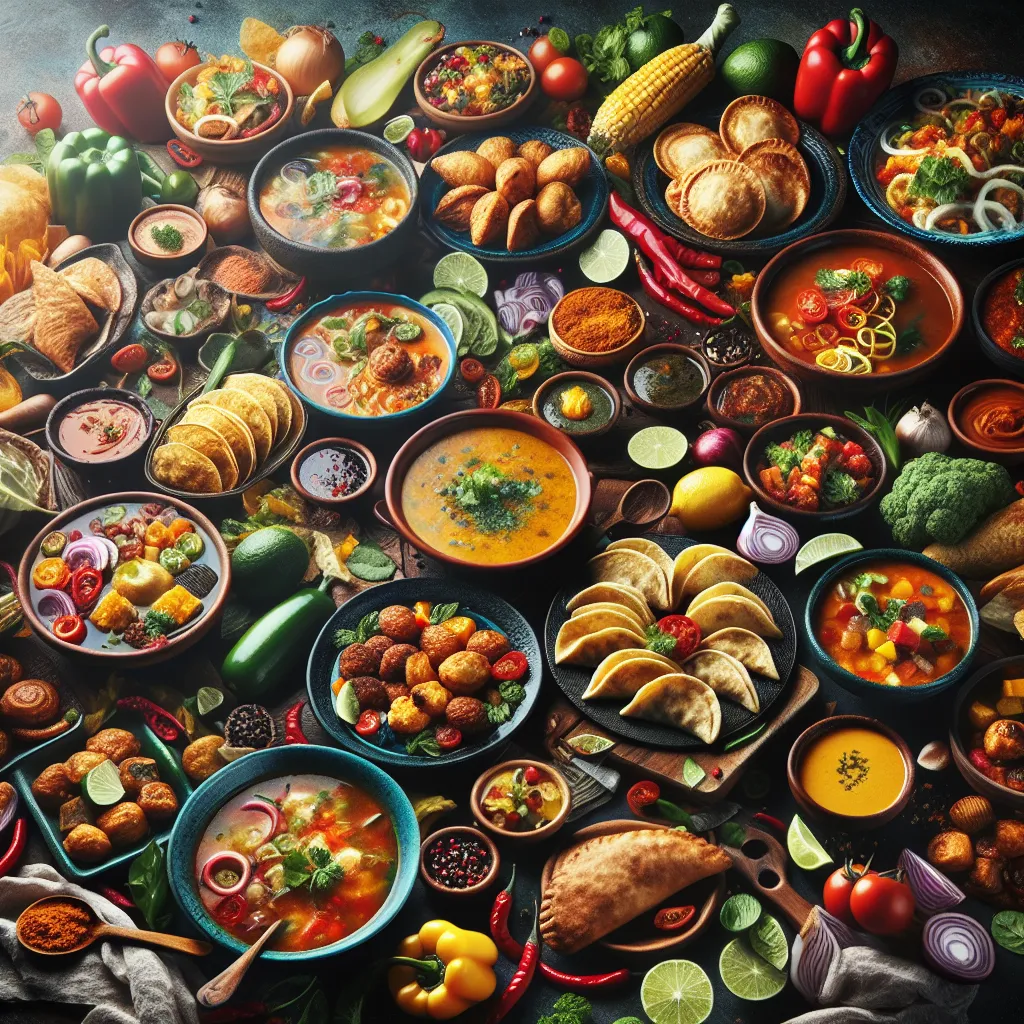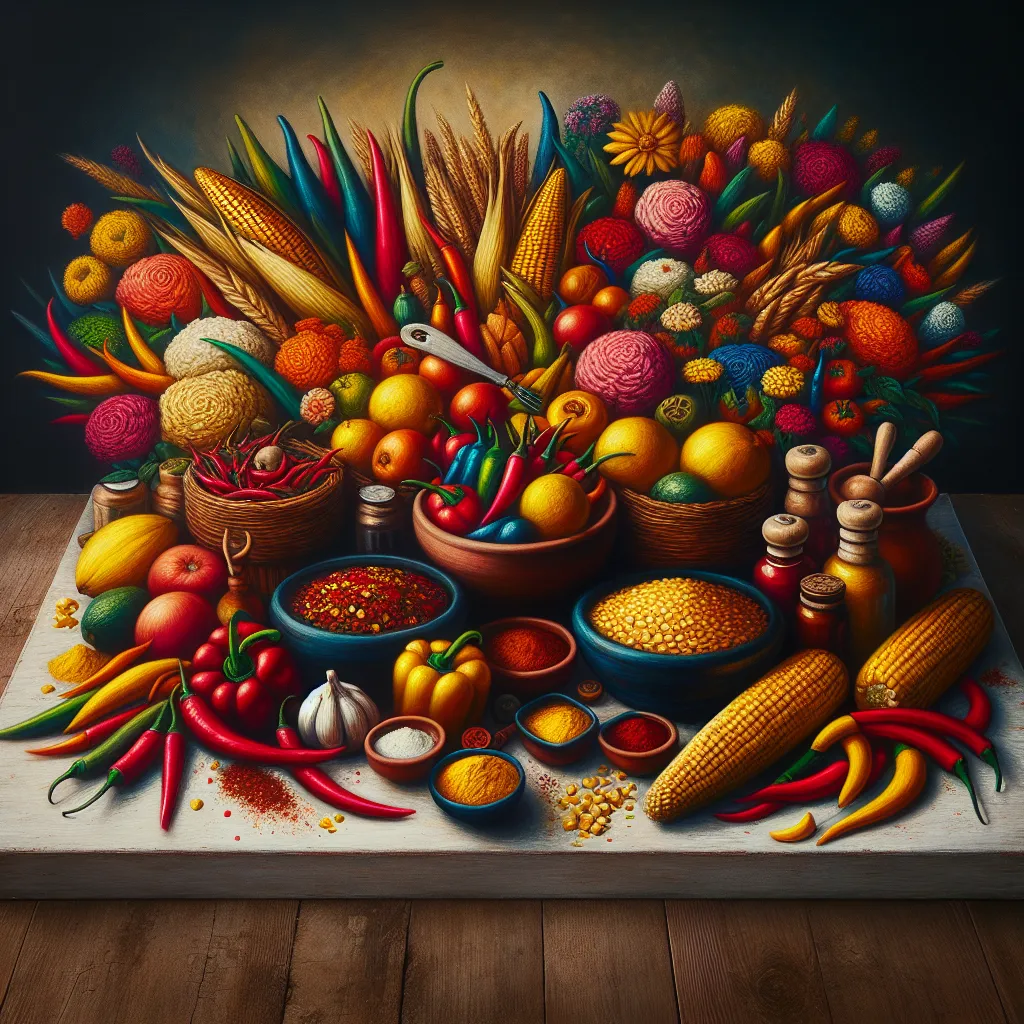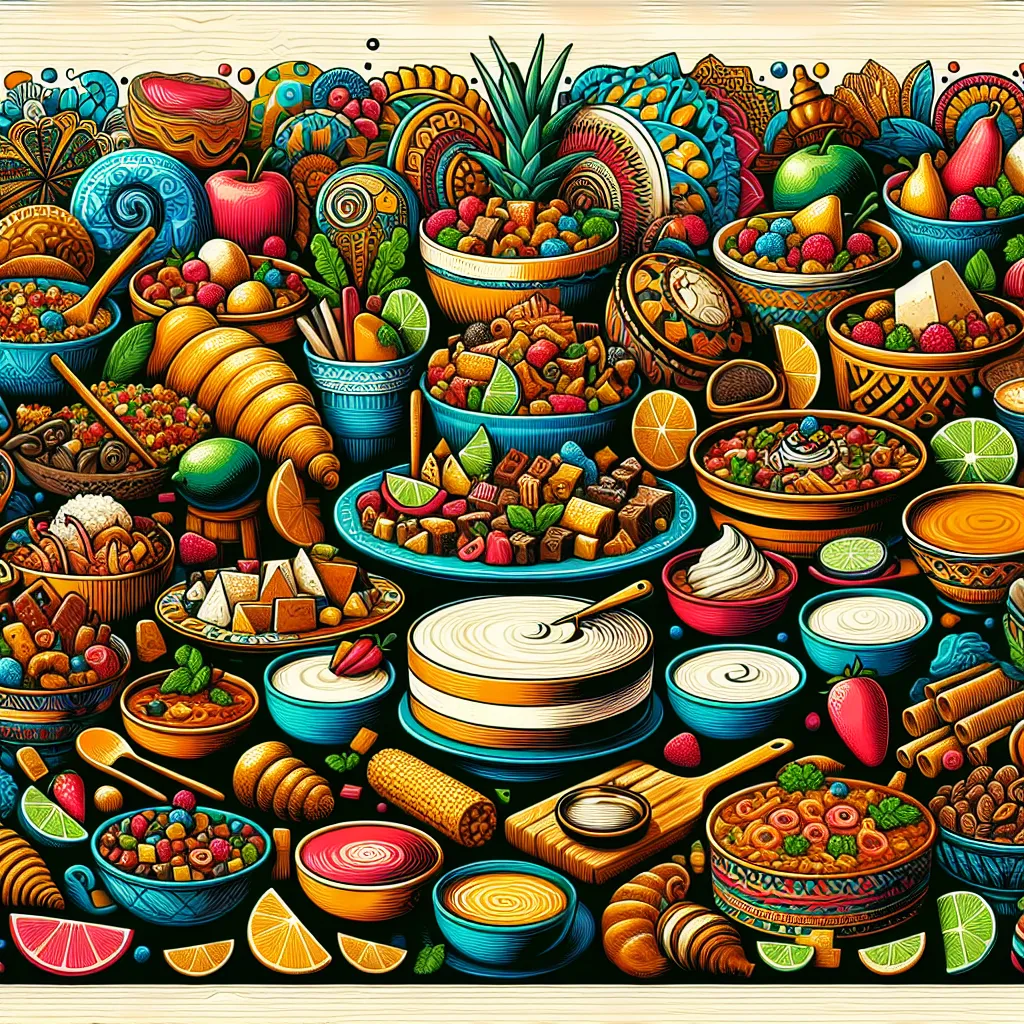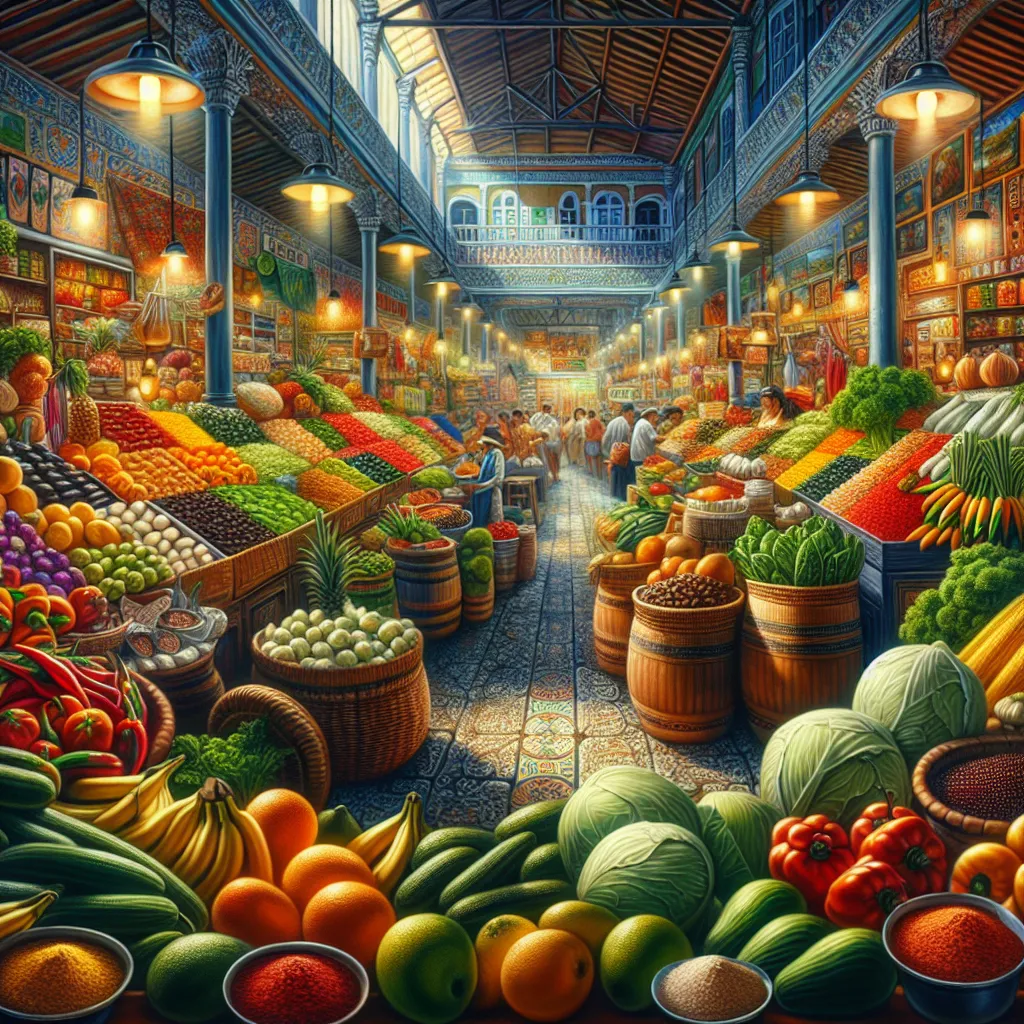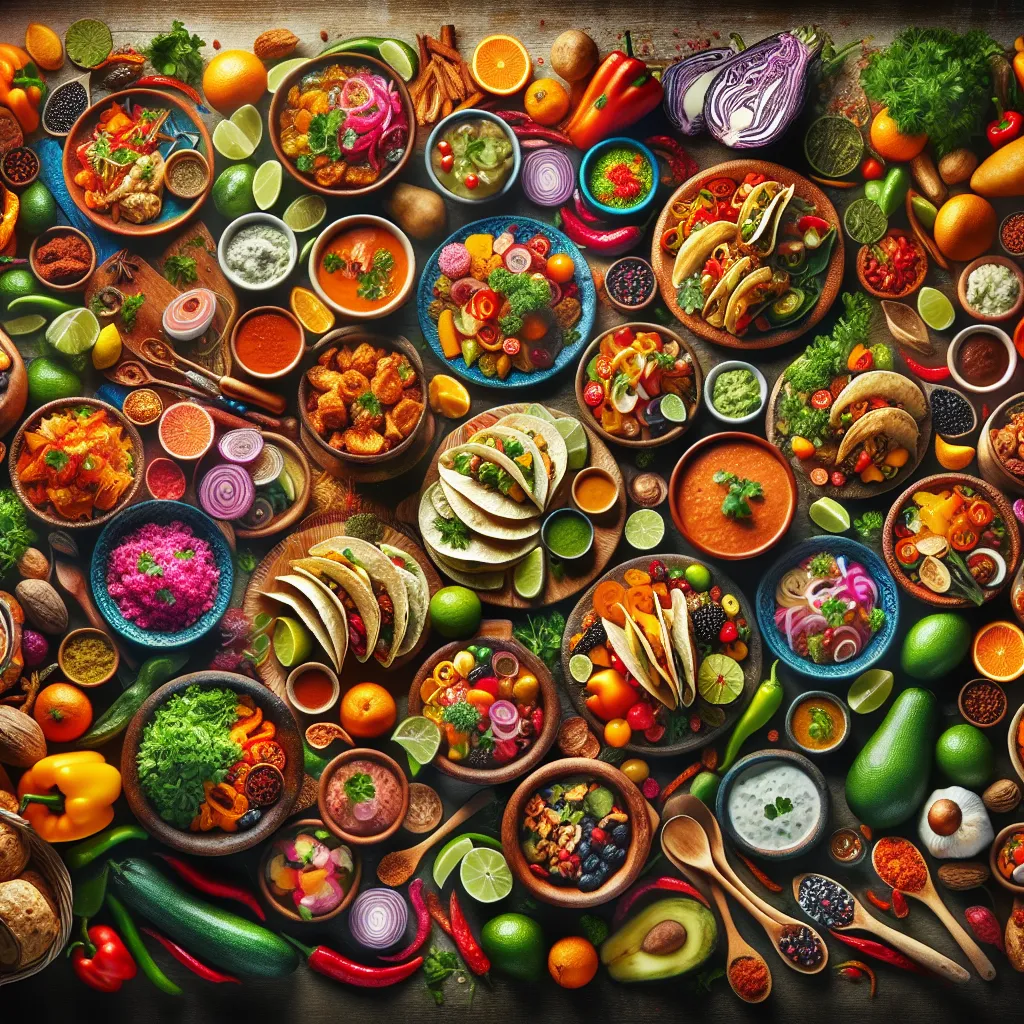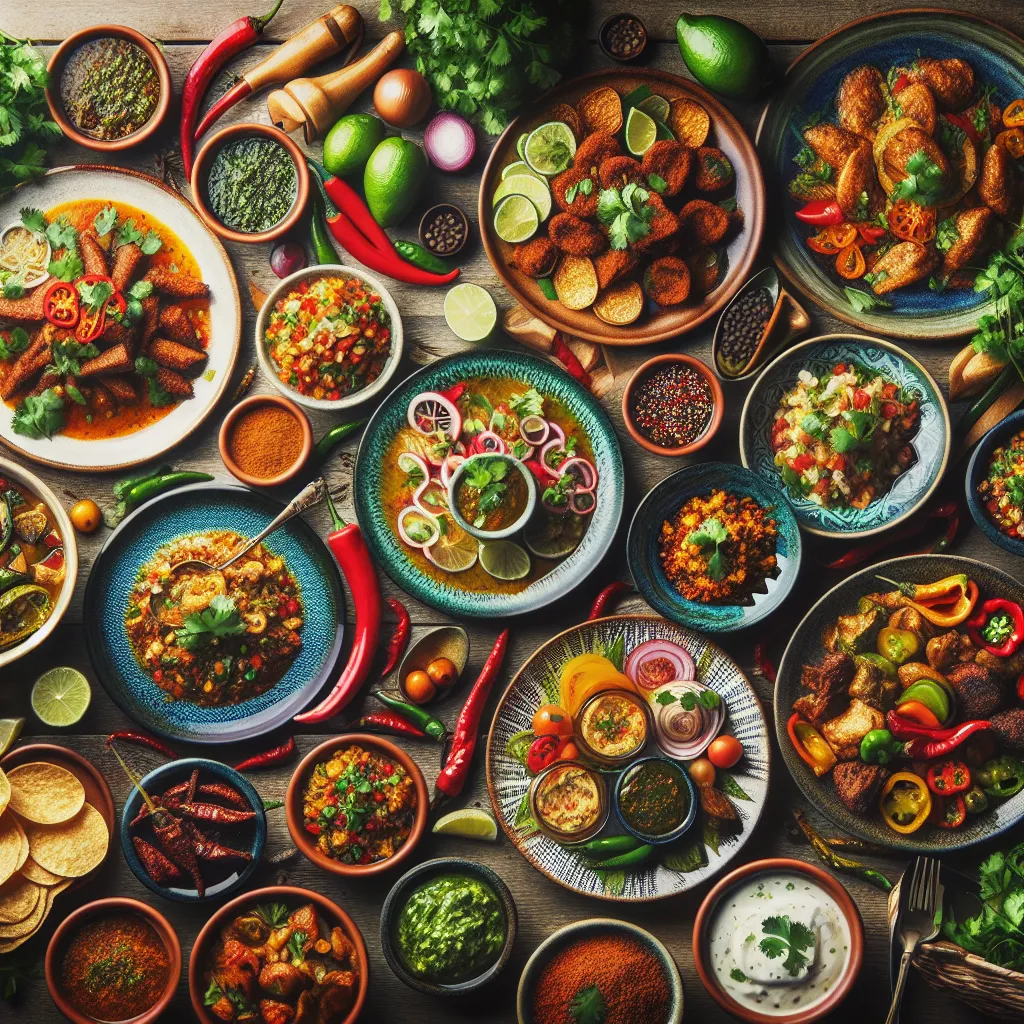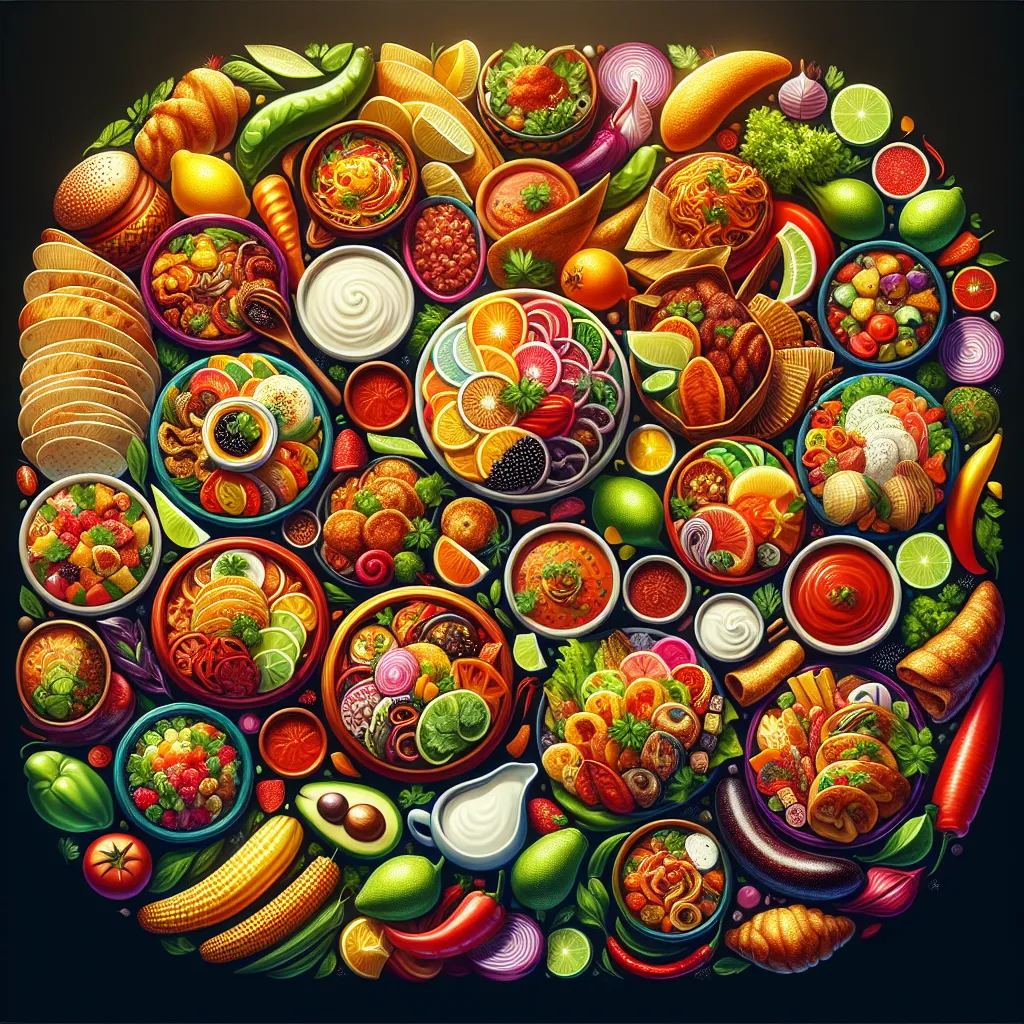Exploring the Rich Flavors of Latin Cuisine
The article delves into the vibrant culinary traditions of Latin America, showcasing the diverse and dynamic flavors that are a true reflection of the region’s rich cultural heritage. It highlights the bold and intense flavors, the use of a variety of spices and herbs, and the central role of food in the social and cultural fabric of Latin American communities. Furthermore, it emphasizes how exploring the region’s culinary traditions offers insight into its history, values, and traditions, reflecting a fusion of influences and creating a truly unique and diverse culinary landscape. Overall, the article takes readers on a sensory adventure, inviting everyone to savor the bold, the spicy, and the sweet flavors of Latin American cuisine.

